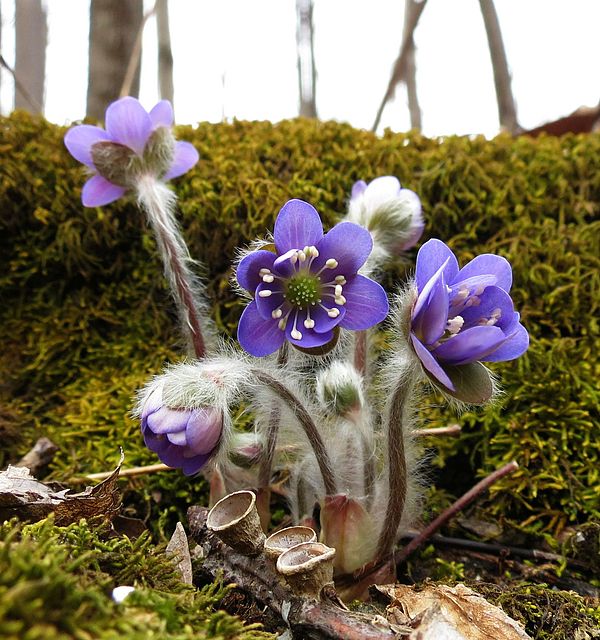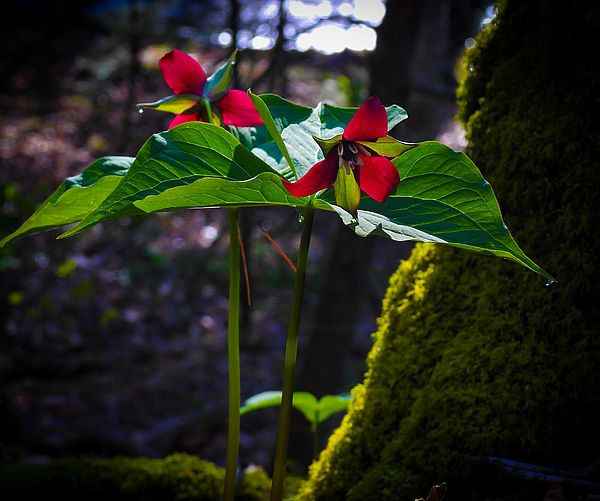Fringed Polygala. Golden Alexanders. Dutchman’s Breeches. Cutleaf Toothwort.
These fanciful names, attached to the wildflowers that appear ever-so-briefly in spring, evoke a long-ago past when explorers in the woods could only record their discoveries with a sketch pad and carefully wrought descriptions.
These perennial woodland plants begin to sprout from the ground as early as February, and by April, there are treasures by the score to be discovered. They are called ephemeral because they bloom and go to seed before the canopy leafs out. When the forest floor is deeply shaded, the leaves of the plants wither away, leaving just the roots, rhizomes, and bulbs underground.
The spring ephemeral flowers play a crucial part in the lifecycle of many pollinators, providing an important early source of nectar and pollen for insects and birds just returning from migration. Hepatica is among the earliest spring ephemerals to keep an eye out for.
Hepatica blooms late winter to early spring and can be identified by the kidney shaped, leathery leaves, (which turn red in summer). The fine hairs on the stem are also notable. These hairs provide warmth during colder temperatures. Hepaticas, like other spring ephemerals, have evolved an incredible seed dispersal relationship. An extra appendage on their seed, called an elaiosome, functions as a rich, nutritious treat for ants. The ants gather the seeds and return to their home. After the elaiosome is eaten, the ants discard the seed in their “trash pile” of nutrient-rich soil.
Trillium, bloodroot, Dutchman’s breeches, trout lily, wild ginger, and violets are some of the other plants that rely on ants for seed dispersal. So as the days continue to get longer and the temperatures are warming, venture out and enjoy these early spring gifts!


